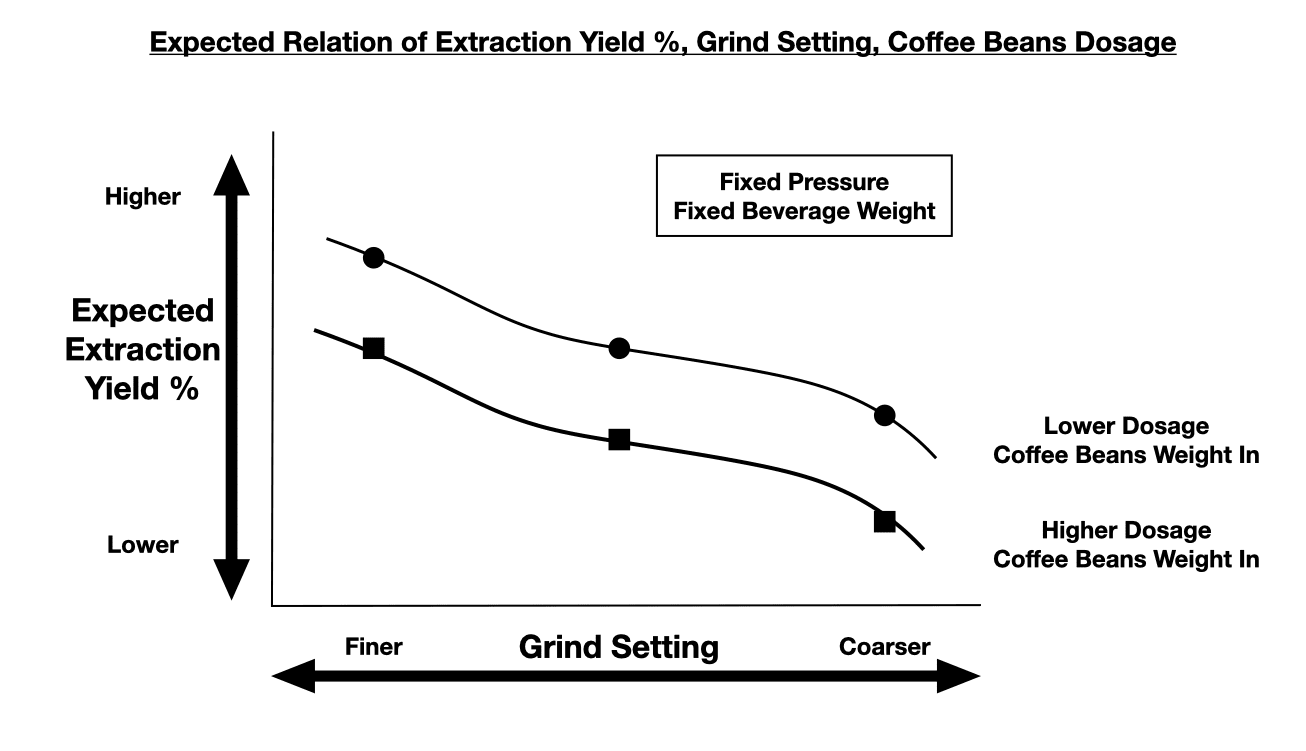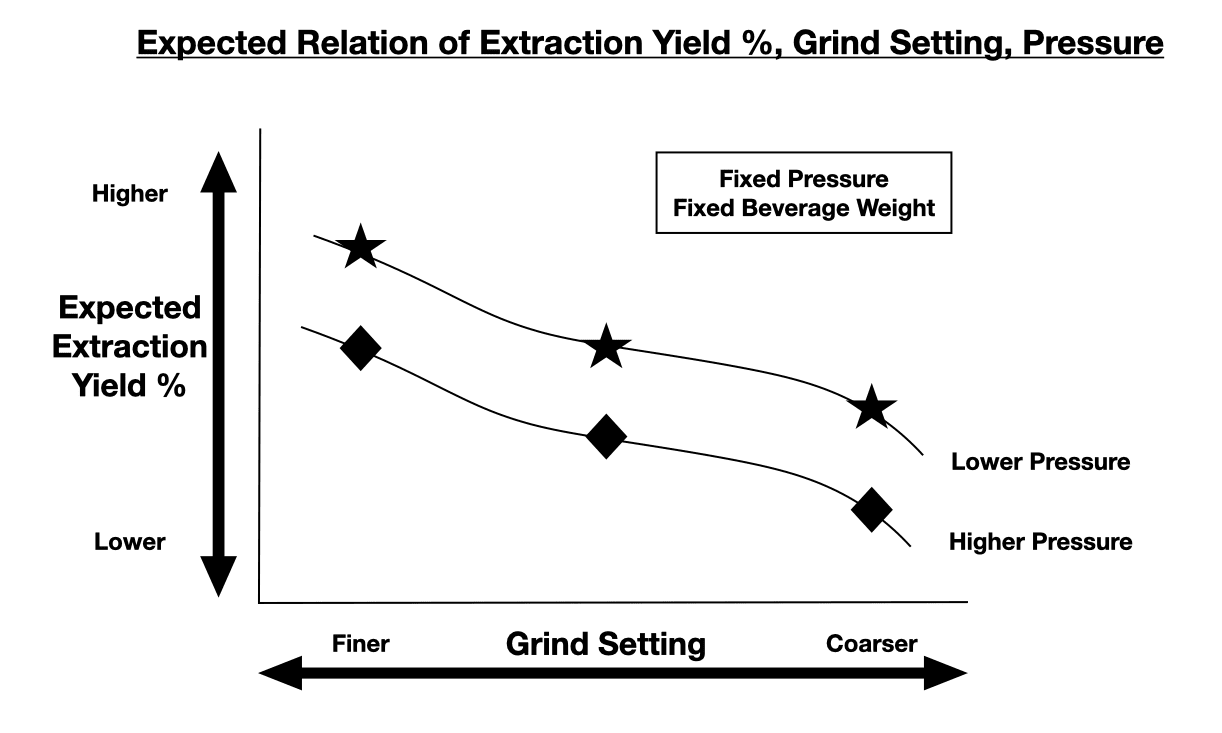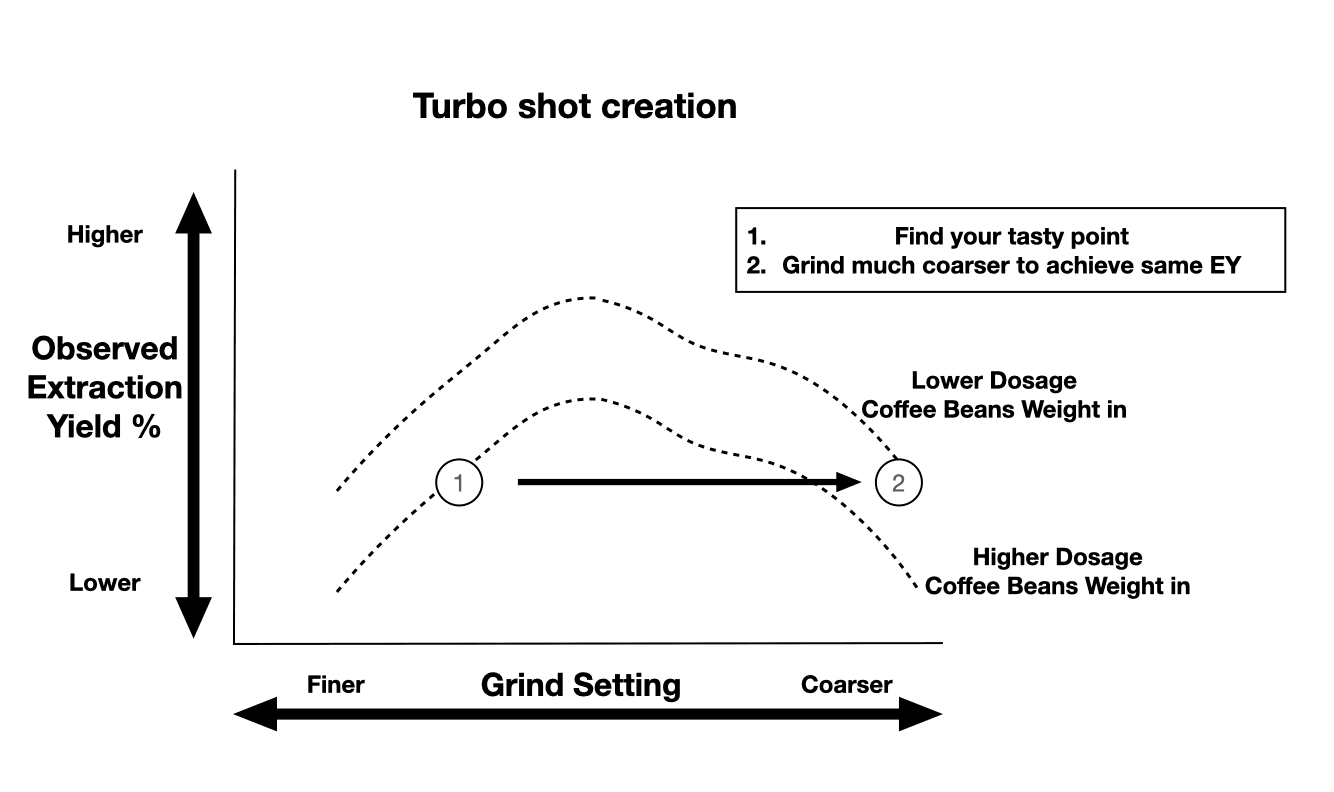The Quest for the "Perfect Espresso": Are Turbo Shots the Secret Ingredient?
TL;DR: Researchers aimed to unravel and model the secrets of the perfect espresso. Their innovative solution? Turbo shots! Is it though?
Tons of people look forward to enjoy drinking coffee every day. Espresso is the basis of most coffee drinks, and we can thank Italians for introducing it to the whole world. “Turbo shots” inspire different ways to extract espresso. Let’s grab a coffee and deep dive into the topic.
Espresso Fundamentals
To grasp the innovation behind “turbo shots”, it's essential to know the basics of espresso preparation. Simply put, espresso is made by violently pushing water through a compressed puck of finely ground coffee. Baristas rely on visual cues to understand if the extraction of coffee in espresso is good. They search for uniformity of the extraction and absence of obvious channeling. These days the rule of thumb is “18 grams of coffee, ratio of 2:1 coffee out/coffee in, in 25-35 seconds, around 9 bars, 88-96 celsius”1
The rise of Specialty coffee
Over the last 15 years, the coffee industry has pivoted towards “specialty coffee”. Its premise has been great, and it has really opened up the opportunities to diverse flavors. “Specialty coffee” has influenced the coffee world end-to-end, introducing multiple positive changes:
the use of higher quality coffee cherries
a variety of processing methods to extract the coffee bean from the berry, enhancing flavor profiles
a preference for lighter roasts, allowing for the emergence of more nuanced flavors, offering a departure from the traditional, more bitter coffee profiles, with an increased opportunity to experience fruity undertones
However, this shift hasn't come without its challenges:
the process of extracting coffee has become more complex, raising the bar for precision and skill
higher risk to produce a cup of coffee that might lean too much towards sourness or, at times, a mix of sour and bitter flavors, diverging from the intended taste profile
Turbo shots to the rescue?
“Turbo shots” claim to be an answer to the problem of extraction and the sour and bitter taste. First of all, the name is great, just great😁. Second, it's not all in the name—the concept goes beyond merely speeding up the process Let’s deep dive.
Modeling the magic of espresso
Back in early 2020, Cameron et al. made waves in the coffee community with their publication in Matter titled “Systematically Improving Espresso: Insights from Mathematical Modeling and Experiment”. They questioned the magic numbers of the rule of thumb and attempted to model the extraction of coffee in espresso, and in specific to model Extraction Yield (EY). This measure quantifies the solubles dissolved during brewing of coffee and is calculated using the following (simplified2) formula:
Coffee brewed and grounds are expressed in grams.
Total Dissolved Solids (TDS) is the percentage of the dissolved coffee in the liquid of brewed coffee.
EY is measured with a refractometer using a few drops of coffee.
Crucially, each coffee (blend or single origin) has its own sweet spot in terms of taste relative to EY. Typically this falls in the range 17%-23% EY, and deviating from this range results in:
Over-extracting if we have higher EY than the sweet spot
Under-extracting if we have lower EY than the sweet spot
Finding the sweet spot requires trial and error for each coffee, and it’s a process referred as “dial-in espresso”3.
Model and expectations
The authors developed a model that describes the extraction of espresso. The model has a lot of details and its mathematical equations can be found in the section “Development of a Rational Model for Espresso Extraction” of their paper. The model relied on the distribution of particles of ground coffee, and given some assumptions and techniques taken by modeling lithium ions and battery electrodes4, they formulated an equation (number 24 in the paper) which they tried to validate.
Their model predicted that Extraction Yield increases with finer grind size, lower pressure water and using lower ratio (less coffee for fixed beverage weight).
While fixing the pressure to 6 bars5, they displayed, see Figure 1, the expected relation of extraction yield (EY) and grind setting for various dosages, and various ratios always expecting 40g espresso.

They also fixed the dosage and ratio 1:2 20g coffee beans resulting in 40g espresso, and displayed, see Figure 2, the relation of the expected EY and grind setting for various pressures.

Volcano Effect
The authors used EK43 which is a really popular and good grinder, PUQ automatic tamper, 20 gram ridge-less baskets6 and San Remo Opera - three group head machine for espresso extraction set at 92 celcius.
They observed clogging in their experiments with fine grind settings with the pressure set to 9 bars; thus they used 6 bars of pressure.
Their observations were partially contradictory to their model, and in specific the expected monotonic relation of the Extraction Yield to the grind setting. In specific let’s explain with Figure 3:
Green area: A “standard” flow where the increase in grind size results in decreased Extraction Yield as expected by the model.
Pink area: A “partially clogged” flow where the increase in grind size results in increased Extraction Yield, and this is where their model was way-off. The hypothesis on why this occurs is that parts of the coffee puck that are not accessible by water and are entirely dry when grinding finer.

The turning point is where the shift from “partially clogged” to “standard” flow happens. Cameron called this inverse V shape of the whole flow the “Volcano” effect7.
This whole flow is not particularly really new knowledge. Baristas, including home ones, know that if you start from a “coarser” grind setting and you gradually grind finer, you find the setting where your extraction seems uniform and tastes good. This is the “standard” flow.
Baristas also know that after some point if you grind even more fine, the shot starts to gradually clog and create channelling, and it falls apart easily after some time. These are indications you are in the “partially clogged” flow.
One thing to note is that the authors claim the the turning point was on 1.7 setting in EK43 and that baristas use below 1.7 setting for espresso. Seven Miles Coffee Roasters recommend 1.5-2.5 setting8, and James Hoffman when tested in Square Mile found their turning point to be at 1.859.
It is important to clarify that this “turning point” is not necessarily the “sweet spot” for a given coffee.
Turning point = max EY
Sweet spot = best taste
The most important lesson in my view is that using EY as the measurement of taste is flawed. It hides information since the same EY can be achieved with different grind settings.
Moreover, EY is measured using some drops from the coffee, thus expressing the average EY in a cup and not characterizing the uniformity of extraction. For example, 22% EY can be extracted by having uniform extraction from the whole coffee puck or half of the regions of the coffee puck over extracted (e.g. 25%) and the other half under extracted (e.g. 19%).
Turbo shot strategies
Out of all these lessons, the authors propose a process for baristas to “optimize” their extraction. Here are the two strategies:
Strategy A
find the “tasty point” / “sweet spot” and note the EY, we call this EY_tasty
start grinding coarser and find the maximum value of EY, we call this EY_max
use the grind setting of the EY_max and stop the extraction earlier/decrease the ratio, aiming to get EY_tasty

Strategy B
find the “tasty point” / “sweet spot” and note the EY, we call this EY_tasty
reduce the coffee used, increase the ratio, start grinding much coarser until you find the EY_tasty

Please note that both strategies start from finding your “sweet spot” or “tasty point” as the authors name it for a given coffee.
Making it commercially saves cost, time and helps the environment since you achieve the same Extraction Yield with less coffee; again caveat that taste and Extraction Yield are not the same thing.
Turbo shot recipe
In summary, (a) turbo shot recipe extracted from the paper can be:
15 grams of coffee in (less coffee)
1:2.6 ratio, 40 grams of coffee out (more water)
7-15 seconds (faster shots)
6 bars of pressure (less pressure)*
This should result in faster shots, with less channelling and a more even extraction resulting in a more clean taste of these lighter roasted coffees.
The shot are supposed to be more easily reproducible, the nice/expected flavors and notes of the coffee are captured and the bitterness can be avoided.
Making it at home
Playing with the grind size, amount of coffee, and different ratios you can actually achieve a turbo shot at home without changing the pressure of the valve. Yes, you can get more “clarity”, “aromatics” in the shots. You also get much thinner coffee and have a higher chance to get sour coffee in my observations so far.
Moreover, there is a catch that in most of the home used semi automatic machines, e.g. Lelit Anna which is what I use10, you cannot easily change the pressure of your valve. Opening the espresso machine and finding the valve and changing the pressure is work that cannot be part of the daily routine. Some of the espresso machines allow you to control the pressure e.g. Lelit Bianca allows you to control the water flow, Decent exposes software of full pressure profiling, yet these are not your standard at home machines and they come with considerate price tags.
Turbo-shots origin
Visiting the blog post by Cameron about Turbo-shots, unveils that the real story is a bit different than the paper published, and arguably more cohesive.
First, the whole thing started by Cameron lowering the pressure and enjoying the taste of a coffee. This discovery a series of trials of pulling espresso and observing the “Volcano” effect. Following that the connection with the mathematicians of the list of authors (W. Lee, J. Foster) occurred. They had a mathematical model for coffee extraction and comparing it to the observations they were not matching the empirical observation of the “Volcano” effect.
The sequence of the rest of the story, is about discussing the choice of using Extraction Yield, the limitations of the refractometer, the focus on faster shots and how to achieve the “turbo-shots”.
This is one more point suggesting that the 6 bars of pressure used by the authors seem to be accidental and not by design. As Scott Rao mentions “the choice of six-bar pressure was merely a hack to decrease the severity of channeling”11.
Final Thoughts
In my view, the flavor profile and taste of turbo shots are much different. I find it interesting to try it occasionally, yes the “clarity” can be there, yet I usually prefer more sweet and full-bodied coffee and turbo shots diminish the thickness of the espresso. Keep in mind that other experts like La Marzocco advocate to use 6 bars, finer grind, and longer shots considering that lower pressure causes less agitation12.
Ultimately, turbo shots have not replaced my usual espresso routine, they inspired me to think about the “rule of thumb” parameters and being more flexible about them.
Footnotes
2:1 example is 18 grams of coffee beans to 36 grams of coffee beverage.
25-35 seconds is the time of the extraction of coffee with the timer starting the moment you push/lift the switch and start the water pump
9 bars refers to the pressure under which water is moving through the coffee. 9 bars is a lot of pressure; remember the “violently” mentioned 🙂
channelling is the indication that the water flows differently from different parts of the coffee puck. This uneven extraction can cause the coffee to taste worse than expected.
different temperatures are used for different beans; usually light roasted beans are brewed on higher temperatures than darker roasts
You need to take also account of coffee’s CO2 and water content. For more details about TDS and EY please go ahead and read this blog post.
The reason to choose 6 bars to display in this graph is not clearly stated at this point while you are reading the paper. It is realized later in the data of the observations where 9 bars caused clogging, thus they decided to lower to 6 bars their espresso machine. It could have been also 7 or 5 bars. Unfortunately, no more info is provided other than “clogging was caused using 9 bars” in the paper. Doing more research you can find the sequence of the whole story behind the paper in a blog post of Cameron.




